A translocated lynx Goru and a resident lynx Teja have had several litters so far. Their first offspring is lynx Mala, from the next litter we have telemetry-collared lynx Niko, and from the third litter we have telemetry-collared lynxes Valentina and Neža. Here is an update what is happening with them.
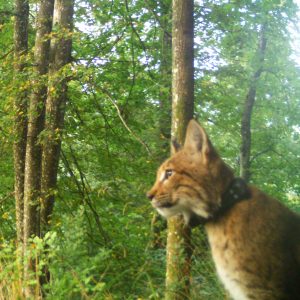
Lynx Mala. Photo: LIFE Lynx
After the photos from camera traps and the genetic analyses confirming the paternity of Goru, the female lynx Mala was good news for the project. After a successful adoption to an area adjacent to her mother’s territory, Mala’s collar stopped working on 7th January 2020. After that, she was still detected by automatic cameras, and the last information we have about her is a genetic analysis of a sample collected on 21 May of the same year. Since then, her presence has not been detected.
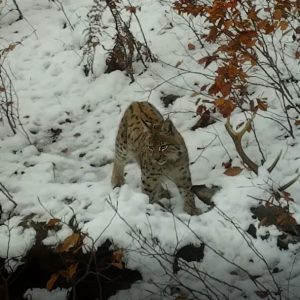
Lynx Niko. Photo: LIFE Lynx
As previously reported, lynx Niko became independent surprisingly quickly (at the age of seven months – already in December). He left the area in the direction of Kočevski Rog, moved to the area above Vrbovsko and then returned to the wider area of Kočevski Rog. Probably he could not settle down because the area was occupied by another male. Since this lynx had to be recaptured after two months due to a collar failure and his collar had to be replaced, the lynx became more cautious and we did not manage to recapture him a third time. As a result, we were unable to replace his collar. Shortly after, his collar dropped off as planned, and we now monitor him only with automatic cameras. He still stays in the same, rather large area as before.
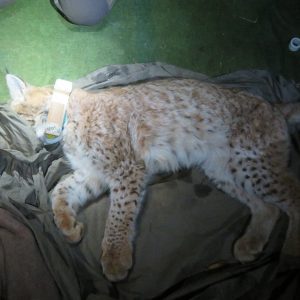
Lynx Neža. Photo: Franc Kljun
We have observed two attempts of lynx Neža to become independent. The first time she left Mala Gora was South in the direction of Stojna at the beginning of April 2022, but she returned to her mother’s territory after a few days. At the beginning of May she continued North towards Ambrus, when on May 11, 2022, on her way back, her collar sent a mortality signal. We found her collar torn off and drops of blood nearby. Genetic analysis confirmed that the blood was hers, and the Police started the procedure to solve the criminal act.
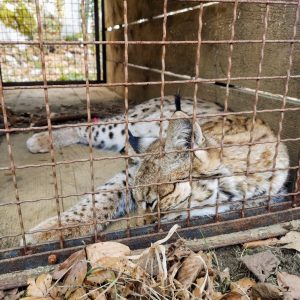
Lynx Valentina. Photo: Jaka Črtalič
Lynx Valentina tried to become independent once so far. Like her sister, she went to Stojna, but soon returned. Unlike other young lynx, Valentina does not seem to hunt very well. Since February 2022, we have found only two larger prey remains from her, both of which were roe deer. In the other cases, she mostly fed on the remains of Teja’s prey. During the trip, we also recorded her feeding on the remains of carrion buried by bears. Kleptoparasitism is an atypical behavior for lynx and usually indicates poor condition of older animals or lack of knowledge about independent living. We still hope that Valentina will improve her predatory skills and survive the difficult period of independence.
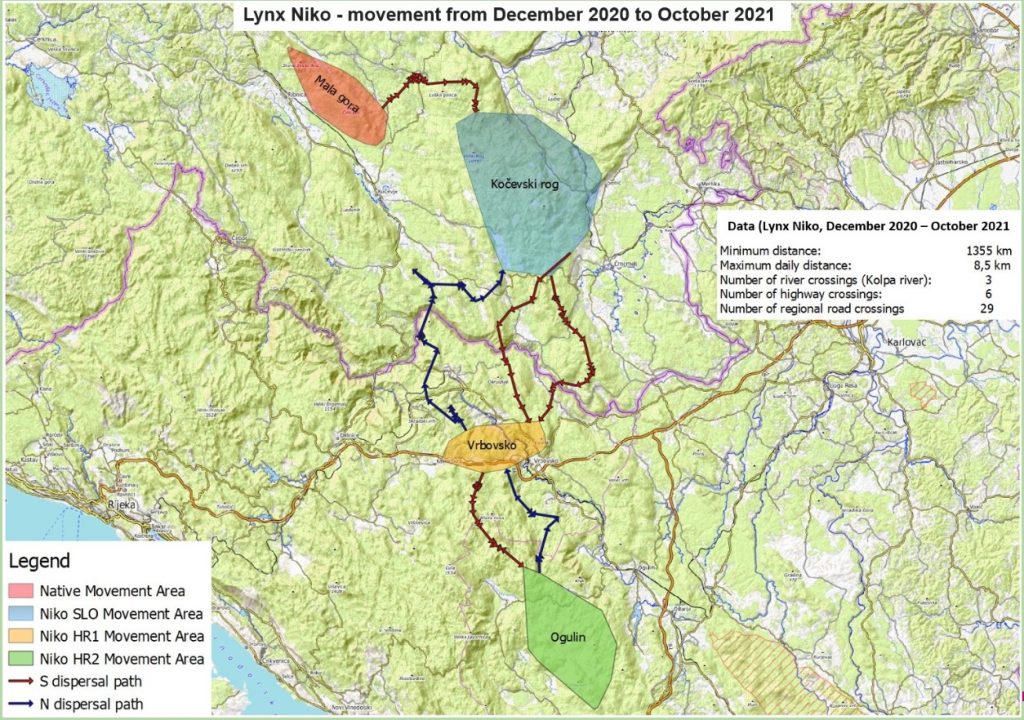
Map of movements of lynx Niko after independence until his collar stopped working. Prepared by Jaka Črtalič
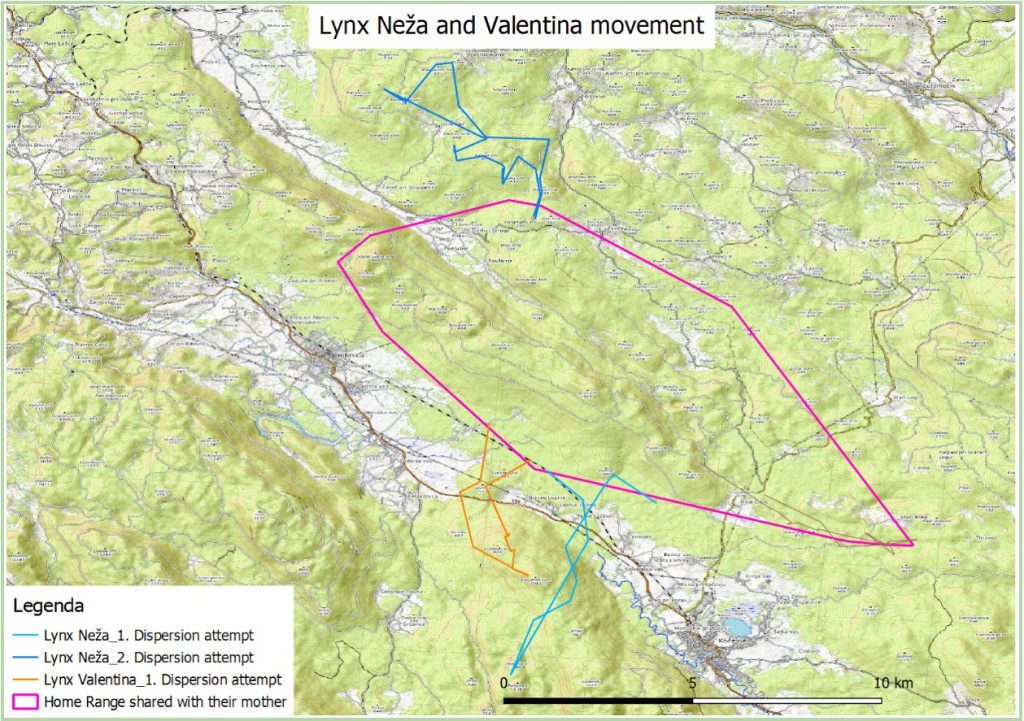
Map of movements of lynx Neža and Valentina at the time of independence. Prepared by Jaka Črtalič
